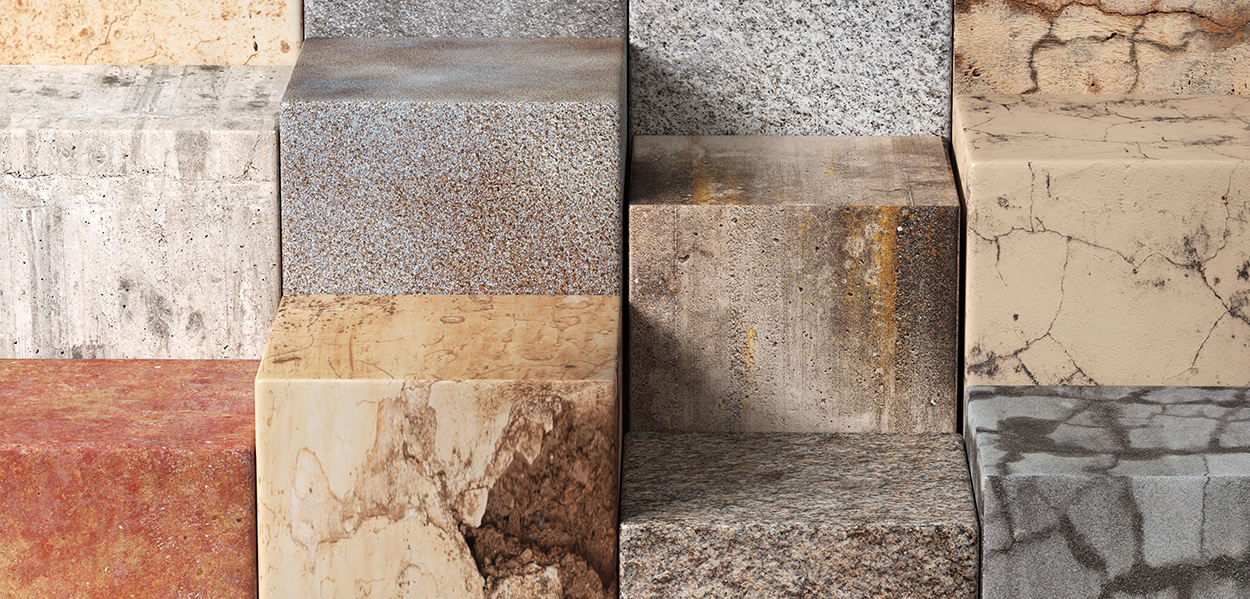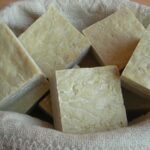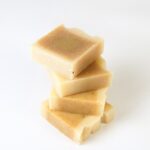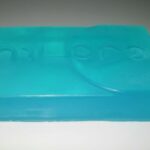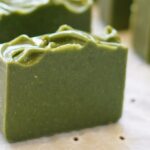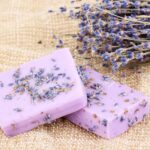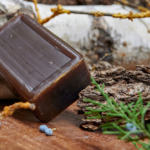- What is waterproofing?
- Is it necessary to waterproof natural stone?
- When and how do you waterproof natural stone?
- What’s next?
After having spent so much time and energy laying your natural stone floor, it would be a pity not to protect it from the aggressions of everyday life that could damage it! Like new shoes, natural stone needs to be protected from oil and dirt. For this, consider using a waterproofing agent. And in this article, we are going to talk about waterproofing natural stone.
What is waterproofing?
The principle of waterproofing natural stones is the same as that for your fragile shoes or clothing, with the only difference that you do not get the waterproofing product in the same place. Natural stones are not made of the same materials as our shoes or clothes, and it is essential to use a waterproofing product that is suitable for them. You can quickly get them in online stores.
The special natural stone waterproofing product contains water and oil resistant polymers. During waterproofing, the product will penetrate, settle on the surface of the stone and form a small transparent film totally invisible. This film will act as a barrier against liquids and dirt, thus protecting your natural stone tiles which will no longer be able to absorb them. Cleaning your floor will become a breeze!
Don’t worry; waterproofing does not change the relief, the shade or the specific nuances of the stone because the product is neutral in colour and thus does not leave marks on the surface of the material.
Is it necessary to waterproof natural stone?
In rooms that are subject to heavy use, such as kitchens and bathrooms, waterproofing is almost indispensable if you want to keep your floor durable. In fact, these are the parts where accidents happen most quickly. Between oil and sauce stains and water splashes, the tiles are heavily subject to tests; If not waterproofed, they are vulnerable and risk being damaged faster than average. Waterproofing is, therefore, generally a right solution.
Of course, waterproofing natural stone is not compulsory; you have the choice! If you react quickly enough when a stain appears, there should be no problem. However, we strongly recommend treating the stone with a waterproofing product. In this way, it will retain its unique beauty longer, and you will not have to fear unsightly (de)colouring.
Of course, stone waterproofing is not only for indoor installation! The benefits of this protection are just as useful on your natural stone terrace. Even if the tiles are thicker and more resistant than tiles, waterproofing makes it easier to clean the patio after a barbecue evening in the summer, for example, and protects it, as it does the interior, from possible staining.
When you order samples, you will receive already waterproofed stones. You can thus test the effect of waterproofing by yourself by spilling red wine, ketchup or any other liquid on your natural stone!
Small clarification: if you apply the Color Plus product to your flooring, you will not need to waterproof it. This product already contains a water-repellent component (to protect it from oils, an oil-repellent product must be applied also). Color Plus can intensify the colour of your tiles and bring out all the nuances. The result is stunning, especially with natural stones with a rich play of colours.
Fast and straightforward for a protected and long-lasting shiny natural stone, waterproofing has only advantages!
When and how do you waterproof natural stone?
The waterproofing product is straightforward to use. You can apply it before or after laying, it doesn’t matter. Generally, however, we advise you to carry out the operation after laying the natural stone but before grouting. This makes it easier to clean up the remaining mortar.
First of all, make sure your floor is perfectly clean. Do not hesitate to vacuum and mop to remove all the dirt. Otherwise, you risk waterproofing them at the same time as the stone and that is not the goal. Once your floor is clean and dry, you can start waterproofing.
Ideally, this should be done at temperatures between + 10 ° and + 25 ° C. After 48 hours, the product takes effect, and if you have underfloor heating, you can turn it on, the waterproofing combines perfectly. Indeed, natural stone and underfloor heating go very well together.
To apply your waterproofing product, use a clean paint roller. If you don’t have one on hand, you can also use a clean cloth or sponge. If it helps, you can also use a sprayer to spray the natural stone with the product. Then spread the waterproofing on your tiles without leaving puddles. To remove the surplus, wipe it with a simple cloth. The product should dry in 20-30min and take effect after 48h. Therefore, do not put your floor in contact with water or any liquid during this time.
Once the waterproofing is complete, you can wash your gear with water. There, your floor is now protected.
What’s next?
We recommend renewing the waterproofing every 3-4 years, or even every year in rooms such as the bathroom or kitchen, where the passage is intensive. This way, the protective effects will last, and the stains will no longer have a chance against you.
For daily maintenance of your floor, use products suitable for natural stone such as multi-cleaner or Wash & Clean, available on online stores. Conventional cleaners often contain acids that are harmful to the structure of the natural stone. It is therefore essential, for the longevity of your floor, to use specific and soft products, which will not attack the protective layer formed by the waterproofing.
Now, you know the essentials of waterproofing natural stone!
All the specialized advice in this article is given for information only. In case of doubt, it is best to refer to a professional tiler.
If you want to see more useful information about different categories, please visit our website.
